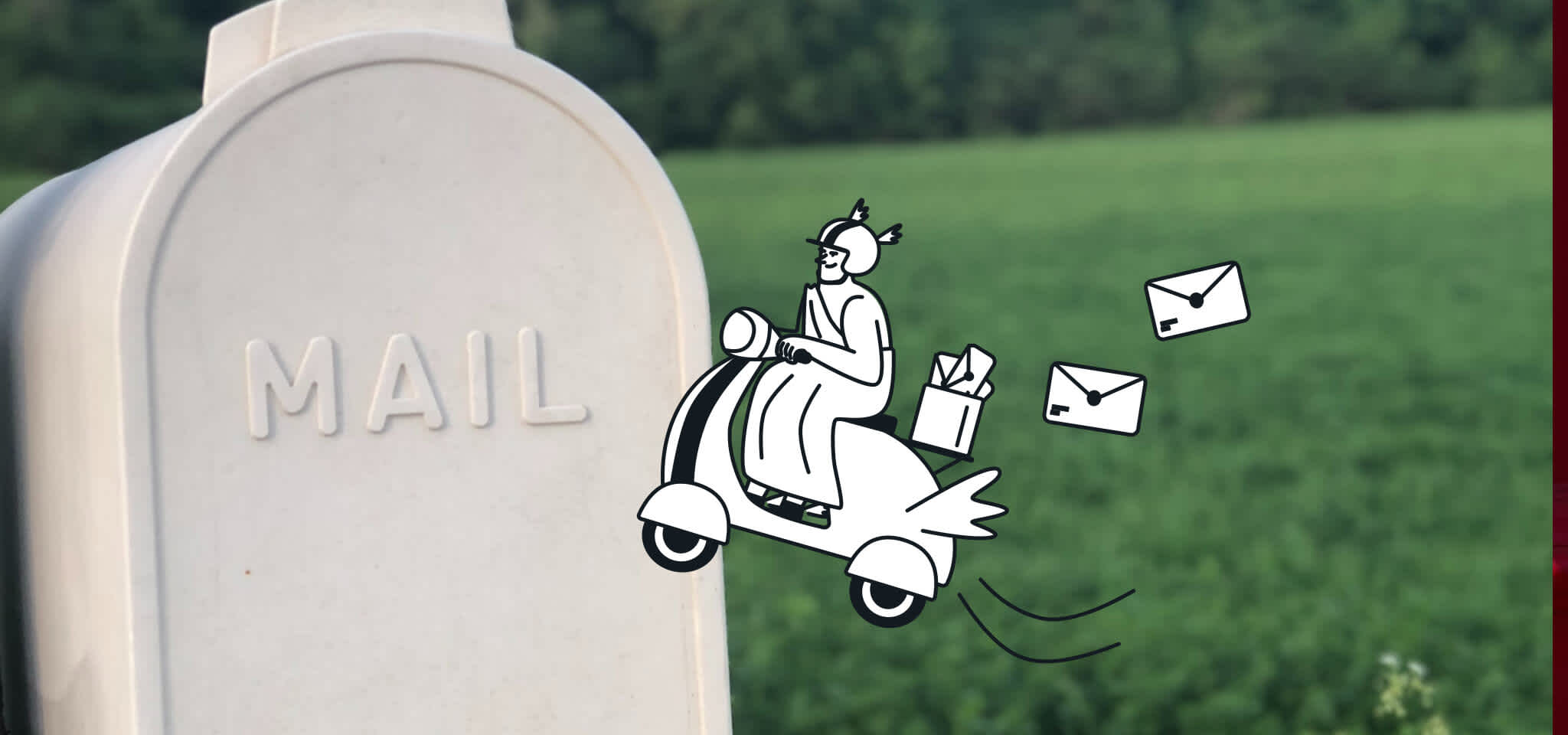Home
The Mailjet Blog
Deliverability
Deliverability advice: How to Avoid the Pitfalls of Inactive Contacts
Deliverability
Deliverability advice: How to avoid the pitfalls of inactive contacts
In this post, we tell you about ways you can utilize your contact list effectively. Use segmentation and other strategies to deal with inactive contacts.

PUBLISHED ON
To begin, in the world of email, what exactly is an inactive contact? We can define this term as an email address that has not been reactive for a certain amount of time, whether positive or negative. The problem with inactives is that they can have a negative impact on your email sending reputation. Basically, the greater number of inactives you have on your email lists, the lower the rate of reactivity among your subscribers, which is a determining factor in your reputation.
That being said, marketers don't like to delete contacts from their lists! However, this potential loss can result in a significant improvement in deliverability (from the rest of you contacts) and thus, your campaigns' results.
Table of contents
Different strategies to implement:
After how much time should an address be considered inactive?
This is a question that doesn't have a definitive answer. From the perspective of ISPs, the common response is six months, but this figure can range from 3 to 9 months, according to specific business needs. In B2B markets, given the elevated value of a contact and the often more time-consuming purchase cycles, it isn't unheard of to consider an address inactive only after one or two years from the last reaction. But, one should be aware of the potentially disastrous results from such practices.
In order to understand why your subscribers are inactive, it is interesting to analyze those who become active again after several months of inactivity. What event sparked this reaction? If you have the necessary data, it could be very enlightening to see if an action outside the realm of email set off the reactivity, for example a telephone contact, a visit to an actual point of sale, or a campaign developed via a different channel.
Different strategies to implement:
Segmentation: It is important to handle your inactive subscribers differently. This allows you to test the best reengagement tactics vis a vis your offer.
Unsubscribe programs: If the different reengagement strategies fail, it may be time to part with certain inactive contacts for good. But it isn't necessary to delete them overnight! Implementing a last chance program is a good technique to tempt your subscribers with your offer one last time. In this case, use subject lines like: ...We haven't seen you in a long time! Should we say good bye?“
Updating your lists: This is the final, but inevitable solution: to cease communication with your inactive consumers.
Other strategies: These other strategies should be implemented before your recipients become inactive…and sometimes even before they subscribe. For example: improve the promise you make at the time of subscription, implement a double opt-in procedure, initialize a welcome program, analyze your recruitment channels, make the unsubscribe button more visible…
As is often the case in emailing, commitment remains the main buzz word: the more your subscribers are passionate about your emails, the fewer your worries. The more honest you are from the beginning of your relationship, the more your subscribers will trust you.
In conclusion
Never let your email contacts lie for several months without using them! If you do, you are risking being blocked: first, because you may not have had the chance to edit your contacts after bounces, and then, because certain subscribers may have ...forgotten“ that they subscribed and will flag your emails as spam.








